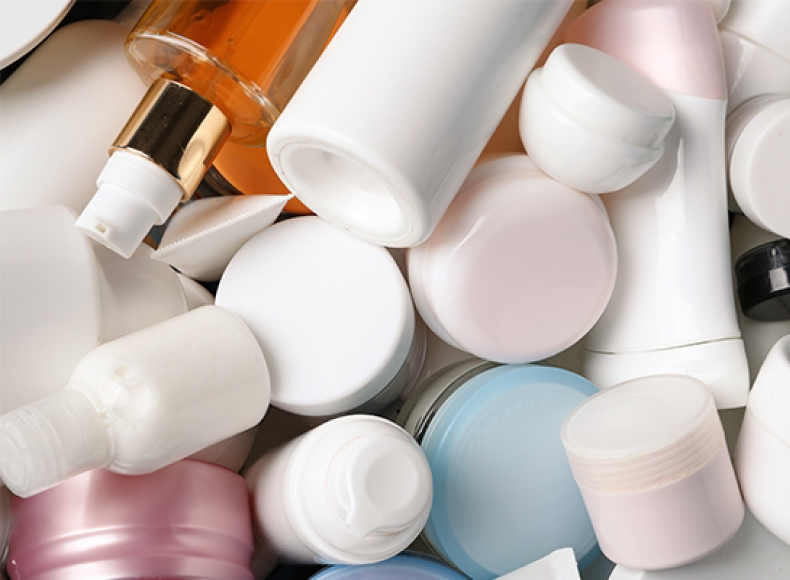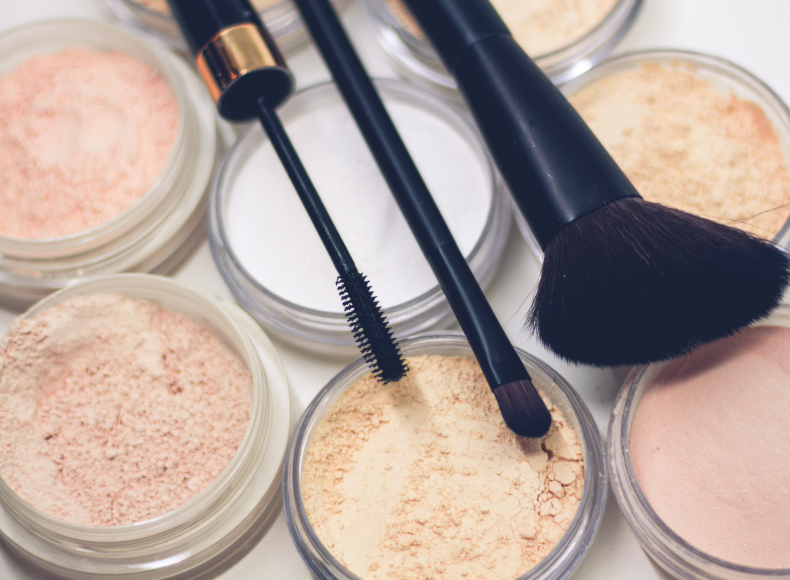How much does it cost to look good?
The beauty industry is booming. In the US alone, it is worth nearly $50 billion dollars. We can hardly turn on the TV or browse the Internet without seeing an ad telling us how this new amazing product or that new amazing technique can make us look more beautiful.
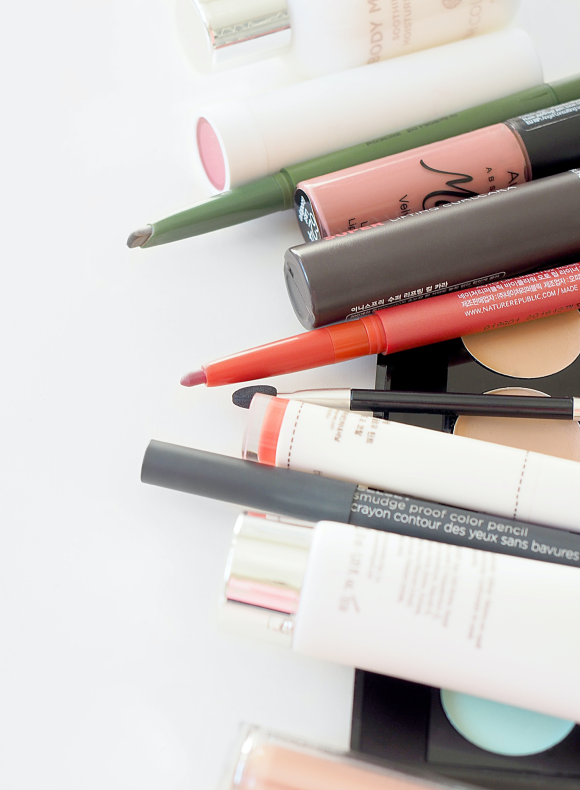
An average woman who routinely spends money on her appearance will spend more than $225,000 over her lifetime. However, the cost we’re looking at isn’t measured in dollars, but destruction.
Take a look at what’s in your bathroom right now. If you haven’t made a conscious decision to be eco-friendly when purchasing personal care products, it’s likely that there are single-use plastics galore scattered all over the place. Let’s take a closer look at the environmental destruction that the beauty industry is wreaking on the planet.
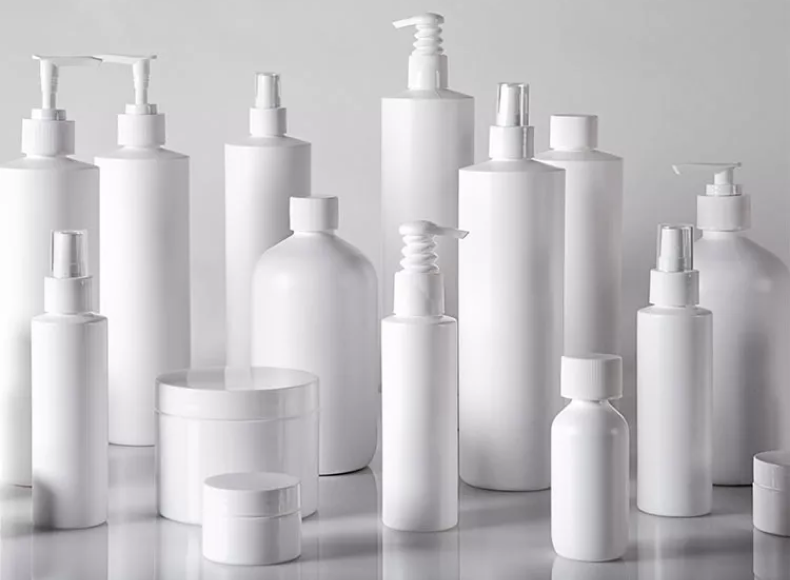 Eluxemagazine
Eluxemagazine
Packaging in the Beauty Industry
Big cosmetic and personal care brands spend a lot of money to make you think that by spending a lot of money on their products, you’ll be more beautiful. In the case of some effective products, it might be true. We’re not going to judge.
However, to further the image, brands also spend a lot of money on presentation — which means packaging. Did you know that the packaging for most cosmetic and personal care products actually costs more than the ingredients?
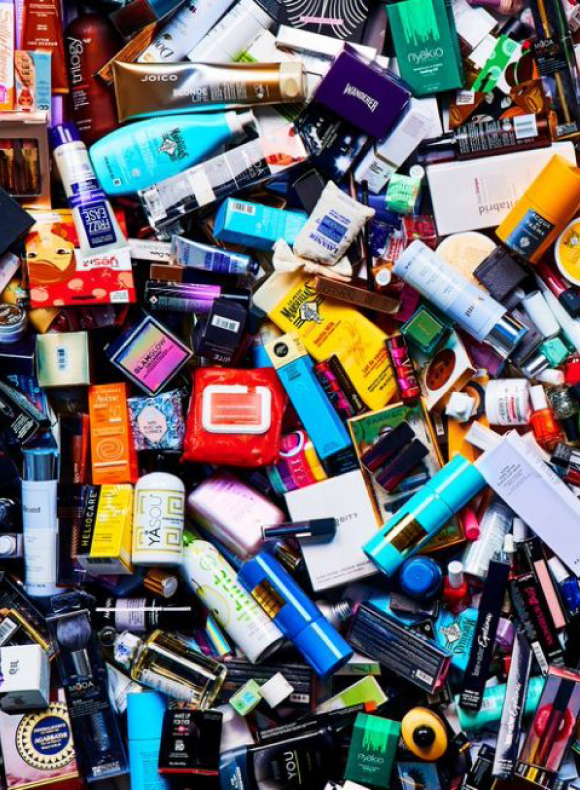
Appearance matters, particularly in the beauty industry. How a product looks will often have far more effect on its sales than how it works. Thus, brands use luxurious packaging to stand out from the crowd and make their product more appealing.
The problem is that packaging is often made of mixed materials that are not recyclable (though 91% of plastic isn’t recycled anyway so that’s not really a viable alternative). On top of that, there is an excess amount of it. Have you ever noticed how opening some products is similar to wrestling with Russian nesting dolls?
The Plastic Problem
Why is the packaging such a huge pain point?
Humans produce an astonishing 380 million tons of plastic each year and an estimated 50% of that is destined for one use of just a few minutes. Unfortunately, for that one use, it will take about 450 years for the packaging to decompose. Approximately, 10 million pounds of plastic are dumped into the ocean every year and around 1 million marine animals suffer death by plastic.
Microplastics have been found in 100% of tested mussels and fish are chowing down on microbeads (popular in exfoliant products). Through these and other sources, humans end up consuming about 40 pounds of plastic in their lifetime.
This is just a quick snapshot, but as you can see, the effect is devastating.

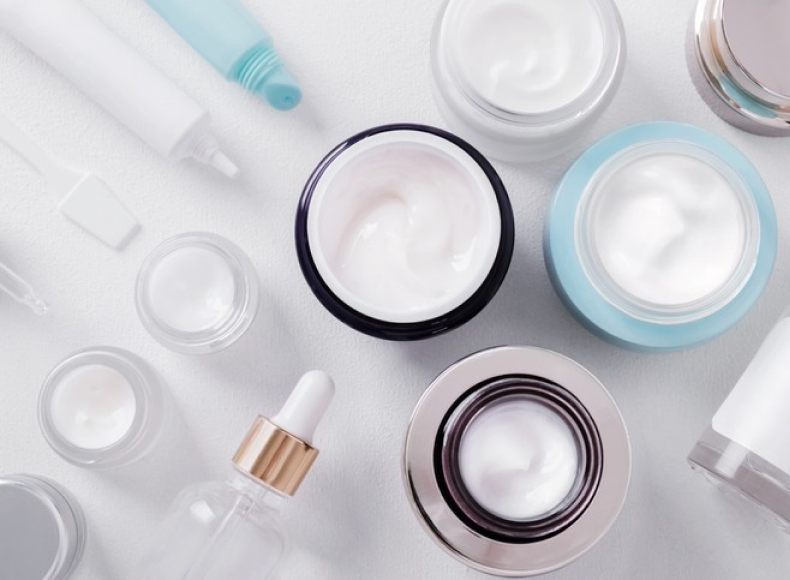
Avoiding Single-Use Plastics in the Bathroom
When most people think about cutting down on their plastic use, they focus on the kitchen. After all, many foods come in plastic packaging and plastic wrap abounds for leftovers. While cutting down on your plastic use in the kitchen is laudable, don’t forget about another important room in your home — the bathroom.
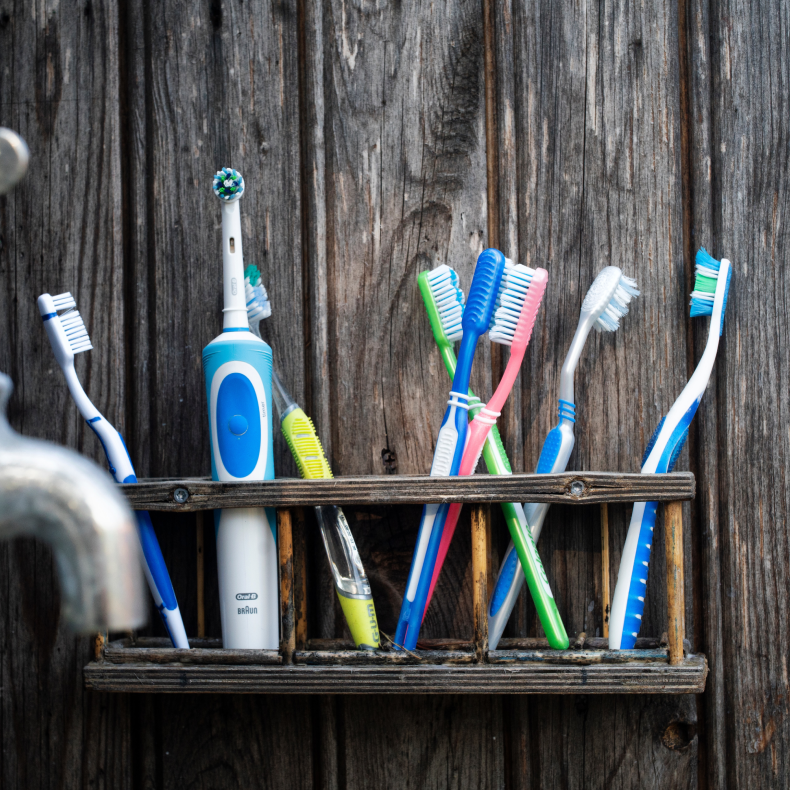
Just to brush your teeth, you throw away four solid chunks of plastic each year if you get a new toothbrush every 3 months. Plus, you probably buy toothpaste in a plastic tube (often metal-lined and thereby not recyclable).
Shampoo, conditioner, body wash, makeup, skincare items, and other products come in plastic bottles. Single-use items like soothing masks, strips to reduce eye puffiness, and feminine care products abound.
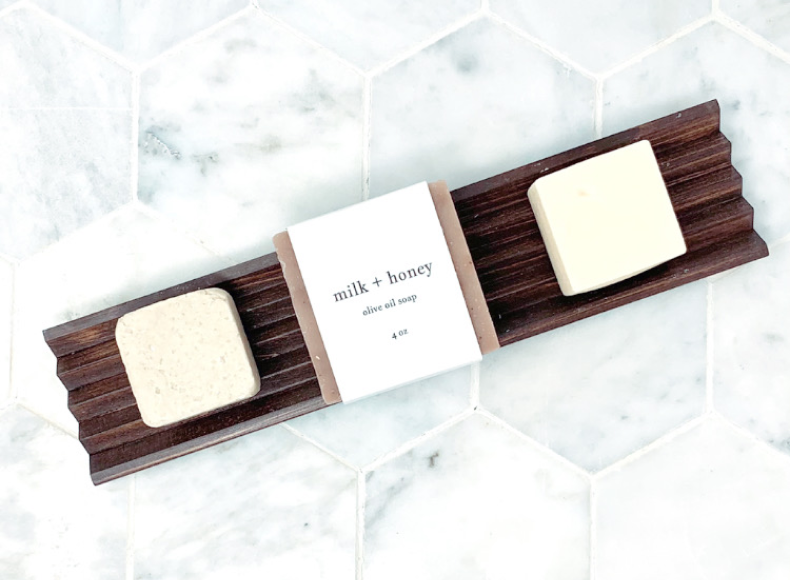
The good news is that you can avoid a lot of this waste.
Instead of buying liquid shampoos and conditioners, buy a luxurious natural bar. Some smaller companies offer refillable bottles or use other materials like glass, but that often isn’t practical. A shampoo bar eliminates the need for bottles and one that is wrapped in paper is a completely plastic-free purchase.
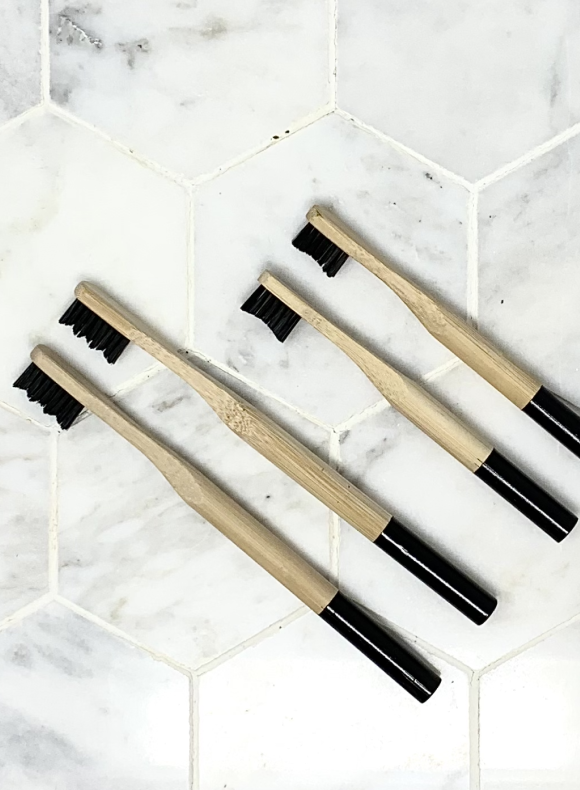
Instead of buying a plastic toothbrush, get a compostable one made from sustainably-grown bamboo.
Buy fewer, more high-quality items. Remember, more expensive doesn’t always mean high-quality, particularly when a company is spending a ton of money on packaging. Instead, research the beauty brands you use to find ones offering quality products without the excess waste.
Make a commitment to use an entire package of something before moving onto the next new and exciting beauty product. Approximately 70% of cosmetics end up unfinished in the landfill.
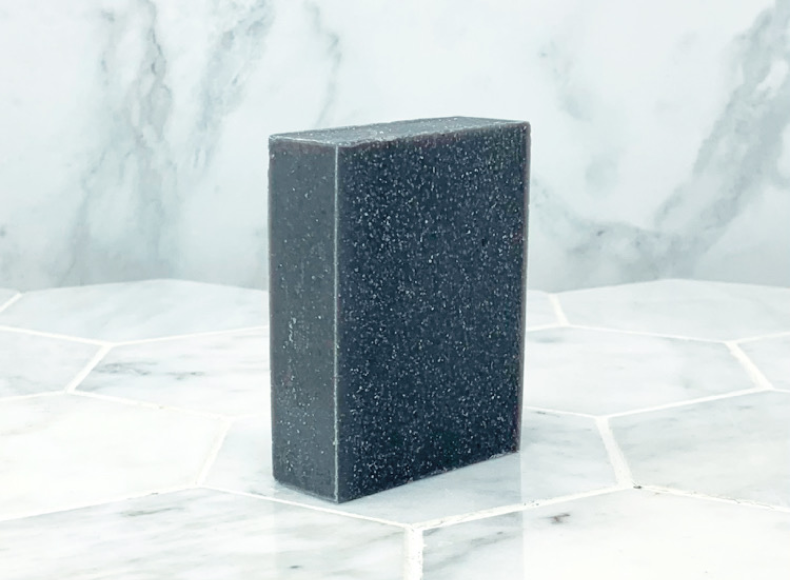
Shop Reliable Brands
There is already greenwashing in the beauty industry, and there’s sure to be more as consumers begin to look for more eco-friendly products. However, some of those so-called environmentally-friendly brands are only moderately better. Choose brands who exist because they want to change the story.





















